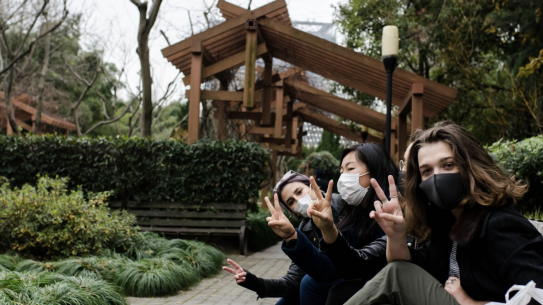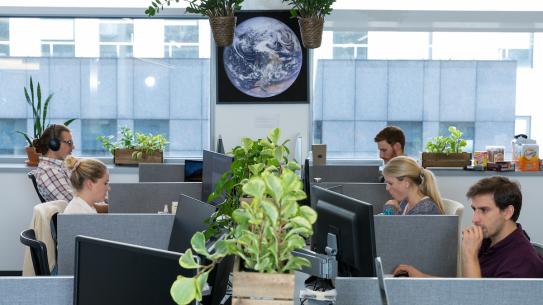Urban
The world is changing, and it's clear we need to help drive that change
With more than half of the world’s population now residing in urban areas and that figure expected to rise to more than 70% by mid- century, NYU Tandon is innovating ways to make the cities of the future smart and resilient.
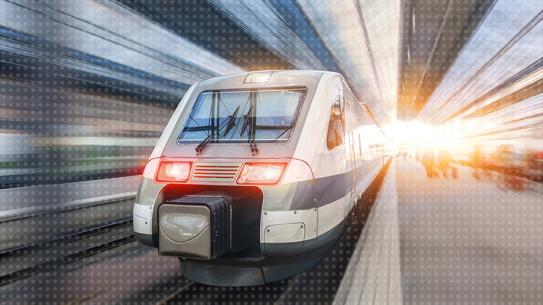
Shaping the future of urban living
Whether it’s designing earthquake-resistant buildings, advancing autonomous vehicles to revolutionize commuting, developing cutting-edge processes to disinfect wastewater, using virtual and augmented reality to create human-friendly spaces, maximizing the efficiency and safety of the construction industry, or myriad other vital components of urban environments, NYU Tandon has the entirety of New York City as a living lab — and a staging ground for modeling solutions for the global urban communities of the future.
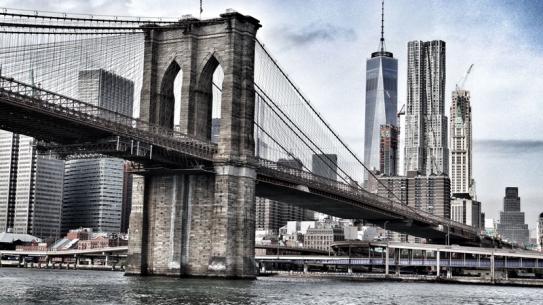
Engineering in the center of it all
The city is more than a microcosm of urban society’s great challenges and opportunities — it’s our home. The Tandon community’s education, work, and lives are enriched by being part of the fabric of Brooklyn. Here, entrepreneurs, artists, and engineers work side-by-side amid Brooklyn’s dynamic creative and innovation ecosystem and unparalleled collaboration and cultural opportunities at NYU and beyond. In turn, we work to engage with our neighbors and enhance the community around us, from spearheading rigorous, hands-on K-12 STEM education programs to championing noise mitigation efforts.
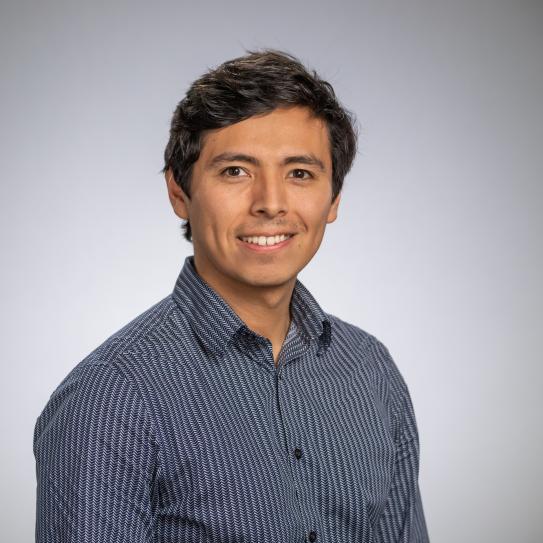
Luis Ceferino
Assistant Professor Luis Ceferino, jointly appointed to the Department of Civil and Urban Engineering and the Center for Urban Science and Progress, is adept at calculating the seemingly incalculable. He combines rigorous uncertainty quantification methods, machine learning, structural modeling, and optimization techniques to determine the impact of extreme events such as earthquakes and hurricanes on urban systems and devise solutions for resilience, focusing on vulnerable communities. His ultimate goals are to ensure that the power grid remains accessible after a disaster, provide more effective emergency response, and reduce risk trajectories for urban areas.
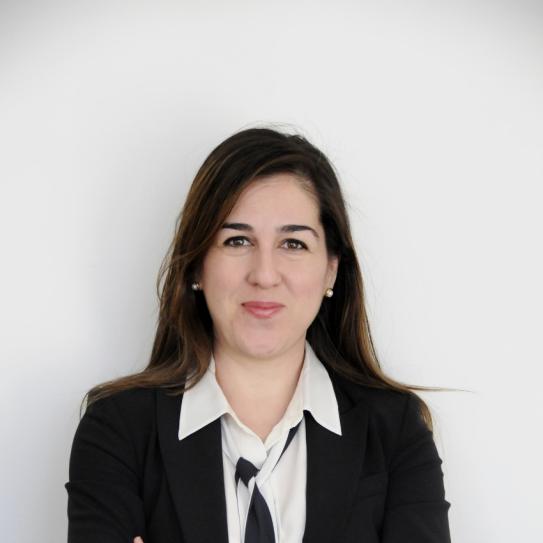
Semiha Ergan
Associate Professor of Civil and Urban Engineering Semiha Ergan’s research includes IT to support design, construction, and operations of civil infrastructure systems — studying urban challenges for AEC/FM, building informatics for efficient and healthier buildings, quantification of human experience in the built environment, and infrastructure information modeling and visualization. Her group, the Building Informatics and Visualization Lab (biLAB), focuses on understanding the operational challenges associated with construction and operation of facilities and infrastructure systems in urban settings. Ergan is also an associated faculty member at the Center for Urban Science and Progress (CUSP).
Research Labs & Centers
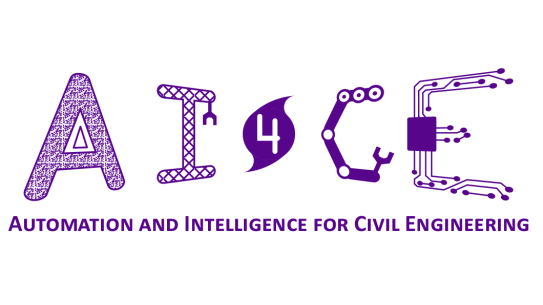
AI4CE Lab
The AI4CE Lab works to advance fundamental automation and intelligence technologies, to enable their use in civil and mechanical engineering applications.
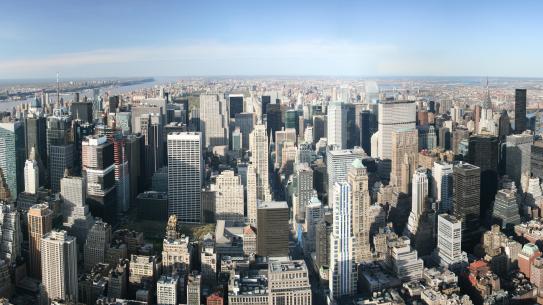
Building Informatics and Visualization Lab (BiLab)
The Building Informatics and Visualization Lab (biLAB) is part of the Department of Civil and Urban Engineering at the NYU School of Engineering. It focuses on understanding the operational challenges associated with construction and operation of facilities and infrastructure systems in urban settings.
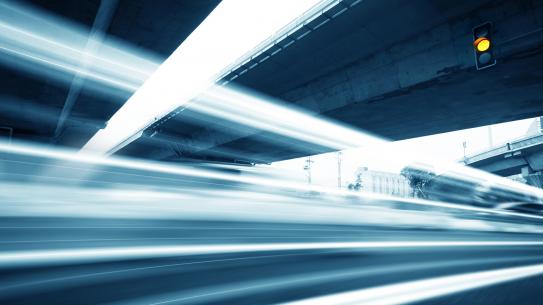
BUILT @ NYU
The Behavioral Urban Informatics, Logistics, and Transport Lab conducts research in the area of transportation systems design and modeling. Typical products of this lab may include dynamic operating policies for flexible transport services, a parking pricing and information system for travelers, or a fleet routing algorithm for autonomous vehicles or other cyber-physical transportation systems.
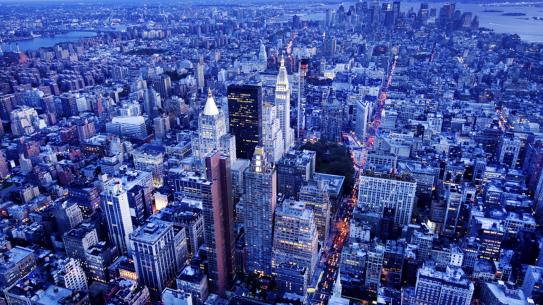
Center for Urban Science + Progress (CUSP)
The Center for Urban Science and Progress (CUSP) is an interdisciplinary research center dedicated to the application of science, technology, engineering, and mathematics in the service of urban communities across the globe. Using New York City as our laboratory and classroom, we strive to develop novel data- and technology-driven solutions for complex urban problems.
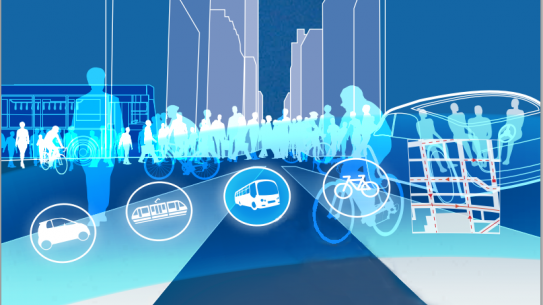
Connected Communities for Smart Mobility towards Accessible and Resilient Transportation for Equitably Reducing Congestion (C2SMARTER)
C2SMARTER, a USDOT Tier 1 University Transportation Center, uses cities as living laboratories to study challenging transportation problems and find solutions from the unprecedented recent advances in communication and smart technologies.
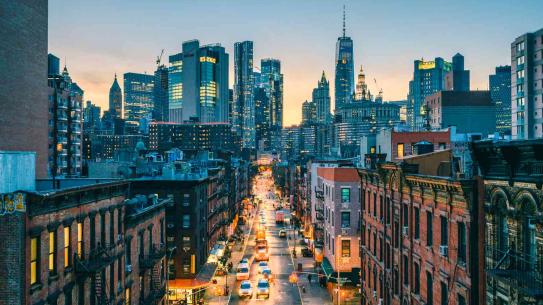
CUSP Urban Observatory (CUSP-UO)
Through the novel use of observational and analytical techniques, the Urban Observatory at the Center for Urban Science + Progress (CUSP-UO) studies the complex interactions between the physical, natural, and human components of the city as a coherent, definable system with the goal of enhancing public well-being, city operations, and future urban plans.
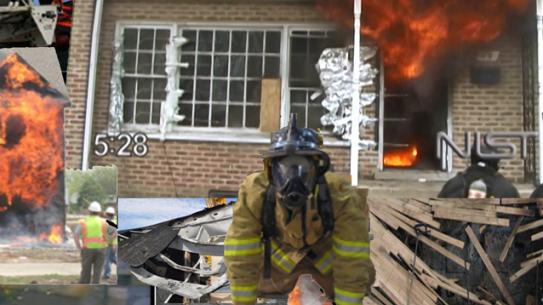
Fire Research Group
Researchers at the Fire Research Group work on an online, scenario-based simulation training program for firefighters. ALIVE (Advanced Learning through Integrated Visual Environments) is a decades-long effort to bridge the information gap between research and real-life firefighting.
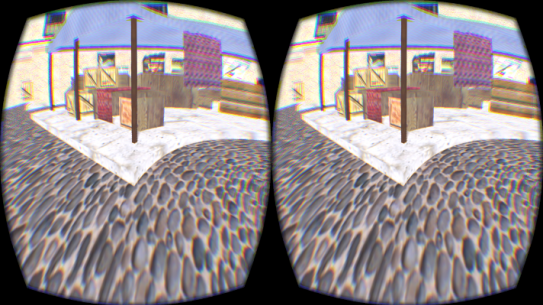
Immersive Computing Lab
The Immersive Computing Lab at NYU Tandon School of Engineering conducts cutting edge research that spans the fields of computer graphics, physics, and computational cognition, with the goal of creating unprecedented virtual and augmented reality systems to revolutionize urban life. Our research directions include novel multimodal/low-latency/immersive interaction devices, bio-physically inspired wearable displays, perception-aware VR/AR, and beyond.
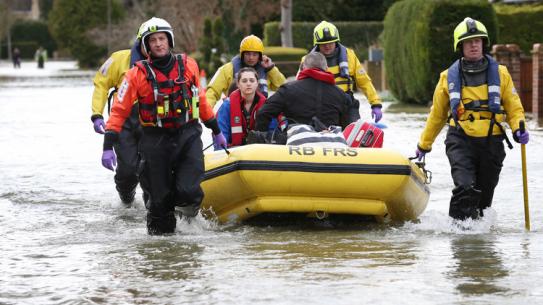
International Center for Enterprise Preparedness (INTERCEP)
INTERCEP is the first academic center dedicated to organizational resilience and agility. The center maintains a global outreach with a special focus on multi-party collaboration including business-to-business and public-private partnerships. Acknowledging that "risk and reward" are at the core of all undertakings in both the public and private sectors, the Center focuses on the development of strategies to most effectively address uncertainty so as to achieve targeted objectives — in essence addressing "risks" to achieve "rewards".
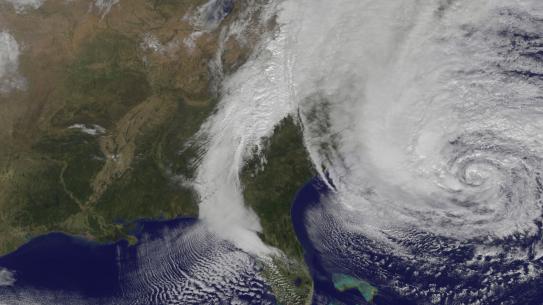
Resilency Resource Center (R2C)
The Resiliency Resource Center (R2C) is a clearinghouse of NYU generated research to improve the resilience of the regional built environment as well as our organizational resilience capacity.
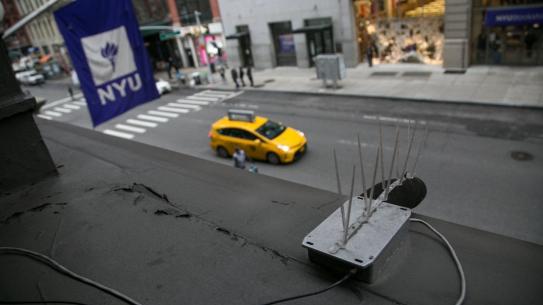
Sounds of New York City (SONYC)
SONYC researchers have launched a citizen science initiative to train artificial intelligence (AI) technology to understand exactly which sounds are contributing to unhealthy levels of noise in New York City. A first-of-its-kind project addressing urban noise pollution, SONYC is based at NYU Tandon’s Center for Urban Science and Progress (CUSP).
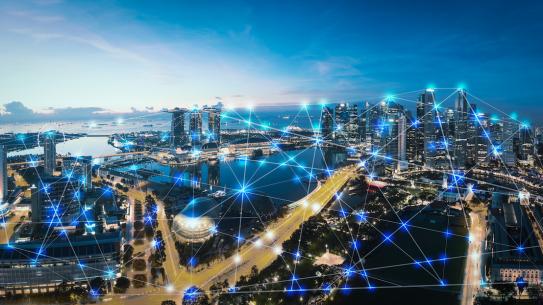
Urban Complexity Lab (UCOMP)
Urban Complexity Lab is unfolding complexity of urban systems for research, innovation and applications. We leverage big urban data and cutting-edge machine learning and network analysis techniques to make our cities more smart, efficient, sustainable, and resilient – better places to live in.
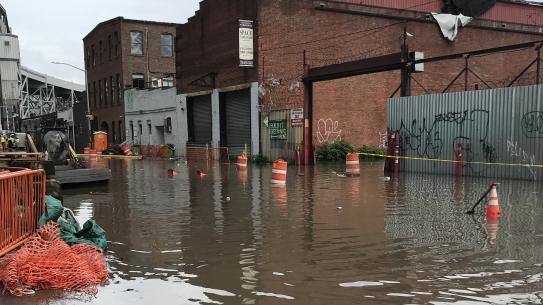
Urban Flooding Group
In a climate-changed world, flooding is expected to have an outsized influence on public health and infrastructure in urban areas. We are looking to develop a publicly- accessible platform that provides real-time flood information and to investigate changes to the microbiome.
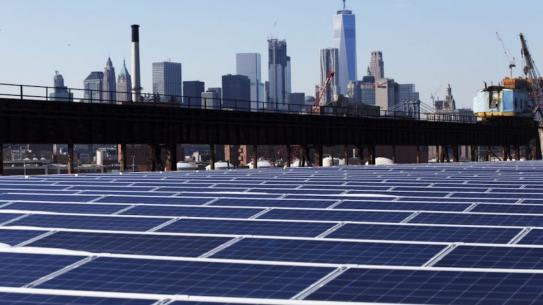
Urban Future Lab
Urban Future Lab (UFL) is the center of cleantech innovation in New York. We connect people, capital, and purpose to advance market-ready solutions to address climate change. UFL is part of our the NYU Tandon Future Labs, a network of business incubators and accelerators that support early-stage ventures in New York City.
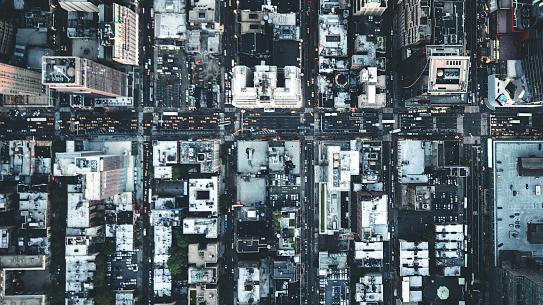
Urban Intelligence Lab
We are focused on creating new data-driven methodologies to observe, model, and analyze the urban environment. Our work is grounded in solving real-world problems and providing decision-makers with a comprehensive understanding of the relationships between physical infrastructure systems, natural systems, and human systems.
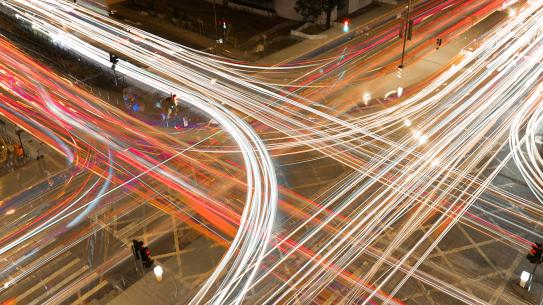
Urban Mobility and ITS Systems Laboratory
It combines a series of new concepts, technologies and services to integrate information, vehicles and transportation infrastructure to increase mobility, safety and comfort, and reduce energy waste and pollution.
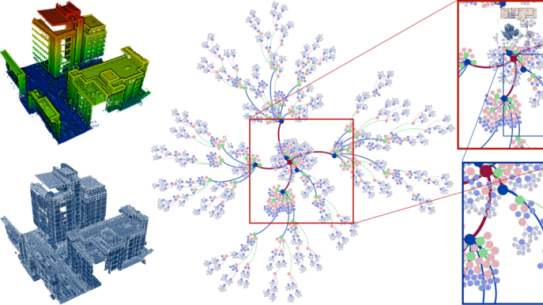
Urban Modeling Group
Our mission is to change the way urban engineering is done by bridging the gap between Civil Engineering and Computer Science. We focus on developing tools to better understand the urban built environment through pioneering new means to optimize and synthesize multi-modal data collection, storage, and processing.

Visualization and Data Analytics Center
ViDA consists of computer scientists who work closely with domain experts to apply the latest advances in computing to problems of critical societal importance, and simultaneously generate hypotheses and methods that new data demands.



